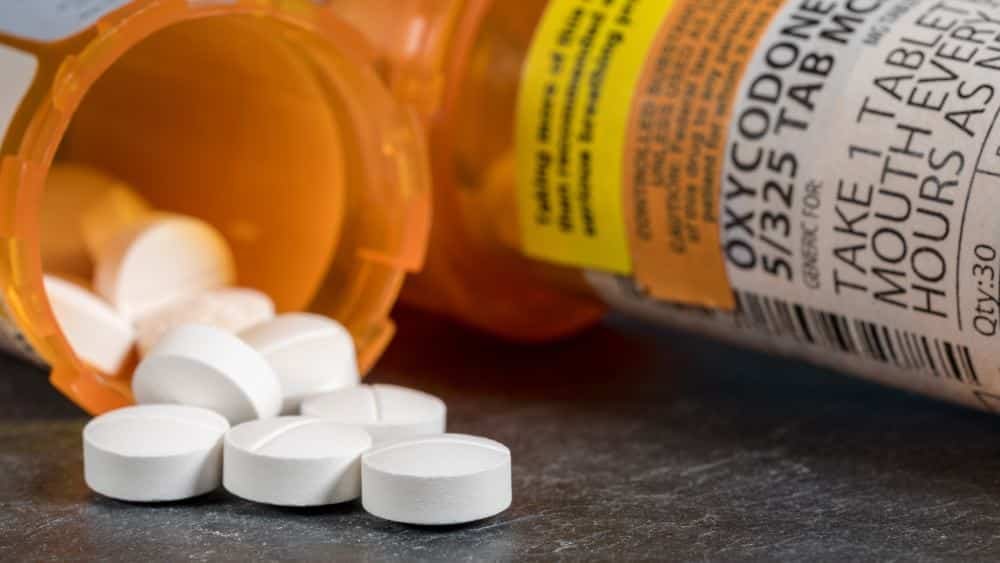The Opioid Crisis: How Lawmakers Are Navigating The Storm Of Gas Station Drugs

Table of Contents
The opioid crisis has cast a long shadow over communities across the nation. With a staggering rise in addiction and overdose deaths, it is a public health emergency that demands urgent attention. However, as efforts ramp up to combat opioid misuse, a new and concerning trend has emerged—gas station drugs. These substances, often sold in convenience stores and gas stations, pose a significant challenge, adding complexity to the already daunting task of addressing the opioid crisis.
Understanding the Opioid Crisis
The opioid crisis is not just a headline; it’s a profound societal issue. It refers to the widespread misuse of both prescription and non-prescription opioid drugs. Originating from the over-prescription of pain relievers in the late 1990s, the crisis has since escalated, with synthetic opioids like fentanyl further fueling the epidemic. According to recent statistics, opioids were involved in nearly 70% of all drug overdose deaths in the United States in 2020, highlighting the severity of this issue.
The societal impact of the opioid crisis is immense. Beyond the tragic loss of life, it has strained healthcare systems, increased crime rates, and burdened the economy with costs exceeding $78 billion annually. This includes expenses related to healthcare, lost productivity, addiction treatment, and criminal justice involvement. Communities are grappling with the ripple effects as families are torn apart and social services are stretched thin.

The Emergence of Gas Station Drugs
Gas station drugs represent a relatively new and troubling facet of the drug landscape. These substances, including products like “Nitazenes,” often contain unapproved or misrepresented ingredients that mimic the effects of opioids. Tianeptine, a chemical found in some of these drugs, has been dubbed “gas station heroin” for its opioid-like effects and addictive potential. Despite being unapproved in the U.S., these drugs are easily accessible and sold in places as ubiquitous as convenience stores.
The availability and legality of gas station drugs vary widely, creating a patchwork regulatory landscape. While some states have taken steps to ban certain substances, a lack of federal regulation means these drugs remain accessible to many. The rise of gas station drugs highlights a gap in drug policy and enforcement, complicating efforts to combat the broader opioid crisis.

Legislative Actions and Responses
Lawmakers have recognized the urgent need to address both the opioid crisis and the proliferation of gas station drugs. Current laws regulating these substances are often inconsistent and inadequate, prompting recent legislative initiatives aimed at closing loopholes and enhancing oversight. For instance, the bipartisan Scheduling Tianeptine and Analogues Now to Defend Against Emerging Opioids (STAND) Act seeks to classify tianeptine as a Schedule III controlled substance, thereby restricting its sale and distribution.
These legislative efforts face numerous challenges, including industry pushback, regulatory complexity, and the need for coordinated action across state lines. However, there have been notable successes, such as increased awareness and state-level bans of certain gas station drugs. The path forward requires persistent advocacy, comprehensive policy development, and robust enforcement mechanisms to protect communities from these emerging drug threats.
Healthcare and Community Responses
Healthcare professionals are pivotal in the fight against the opioid crisis. They play a crucial role in early intervention, responsible prescribing practices, and providing access to treatment for those affected by opioid use disorders. Community-based initiatives, such as awareness campaigns and support groups, also serve as vital resources for individuals and families impacted by addiction.
Access to treatment is a critical component of addressing the opioid crisis. It involves expanding the availability of evidence-based treatments, reducing stigma associated with seeking help, and ensuring that healthcare systems are equipped to support recovery. Companies like 12 Panel Now contribute by offering reliable drug testing solutions in bulk, helping healthcare providers and organizations maintain drug-free environments and manage substance abuse more effectively.

Explore some of our popular cups, strips, dip cards and saliva swabs:
- ZAZA Dip Stick Test
- Clia Waived Urine Fentanyl Test
- 22 Panel Urine Drug Test Cup
- 13 Panel Saliva Drug Test
- Urine Drug Test 14 Panel
Conclusion
Addressing the dual challenges of the opioid crisis and the rise of gas station drugs is a complex endeavor. It requires a concerted effort from lawmakers, healthcare professionals, and communities alike. By staying informed and supporting legislative efforts, each of us can contribute to a future where these crises are mitigated, and individuals have access to the care and support they need.
The road ahead may be challenging, but with continued awareness and action, meaningful progress is possible. Together, we can work towards a healthier and safer society for all.

